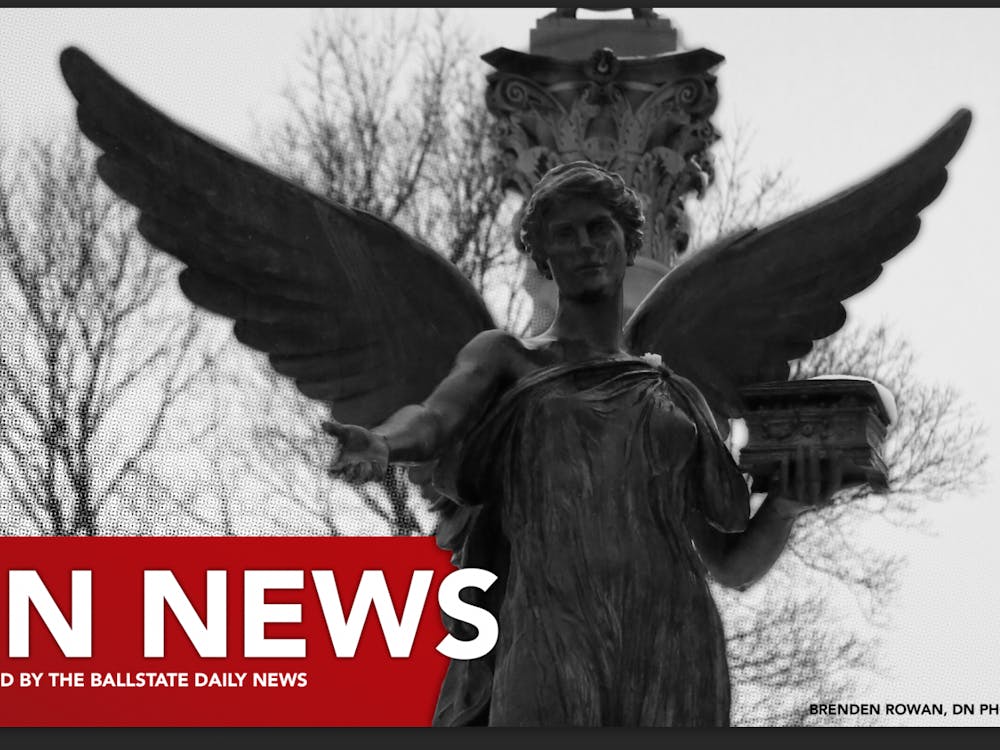When Victoria’s Secret model Karlie Kloss walked onto the runway wearing turquoise jewelry, animal-print underwear, and a Native American feathered headdress in a fashion show in 2012, the company immediately received major criticism. Many were outraged, saying the outfit was disrespectful and offensive to Native American culture. A full headdress was traditionally worn by warriors and chiefs. Each feather was earned, symbolizing an act of honor and bravery. Instead, it was now being worn by a white model as a way to market lingerie. Kloss and the company both released apologies to the public, saying they didn’t mean any harm.
This is just one of many instances when non-members of a particular culture used an aspect of it for their own gain without proper acknowledgment to the group.
Cultural appropriation and discrimination can go hand-in-hand. Minorities see parts of their cultures and traditions turned into Halloween costumes and the latest Katy Perry album. Some say this only furthers stereotyping, and is misinterpreting or making light of something that could be deeply sacred to a culture. Others argue that representing other cultures does give honor and is an expression of inspiration by them. Cultural appropriation could also depend on how it is perceived by the group in question. Some might say the act is disrespectful, while others think it brings awareness to their culture. But the issue is when the user is credited for creating something that has already existed in a different culture.
Times are changing, but the scars of America’s past are still there. A poll conducted by Pew Research Center in 2017 found that 45 percent of Americans believed to become truly “American,” one must practice American cultures and traditions. But “American” culture is a melting pot of different cultures from around the world.
Ball Bearings sat down with four people within different communities to ask where they draw the line between appropriation and appreciation.
To continue reading, visit ballbearingsmag.com.





